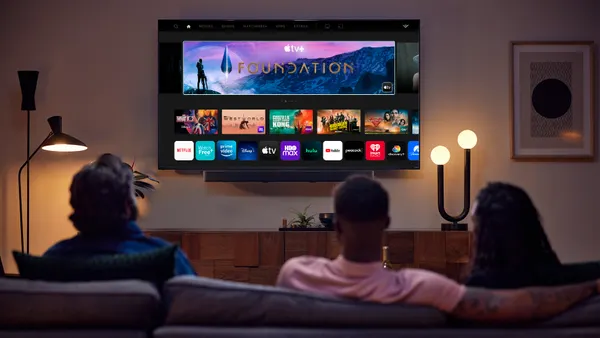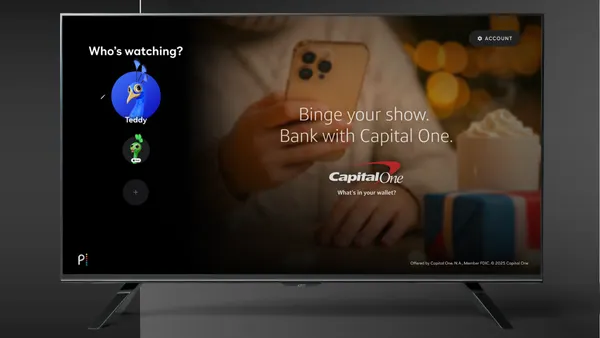Dive Brief:
- P&G Chief Brand Officer Marc Pritchard used the Cannes Lions festival to offer an update on his demand to clean up the digital media supply chain, stating that the industry is 40% to 50% along in the task and he's hopeful the effort will be complete by the end of the year, according to Marketing Week.
- Even while praising the progress made, Pritchard noted that addressing the issue was long overdue for the industry. He said that, even if the goal is met by year's end, "then the hard part starts" of clearly assessing digital in a transparent way.
- With increased transparency in the media supply chain through methods like third-party measurement tools increasing apace, Pritchard's next focus is content and publishers' responsibility to bring a "quality and craft approach" to the content where brands' ads appear, per Marketing Week.
Dive Insight:
Given P&G's outsized role in marketing — it is one of the largest advertisers in the world by media spend — Pritchard has been able to guide much of the conversation around cleaning up digital measurement and the media supply chain to increase overall transparency and eliminate fraud. Following his first call to action in January, a number of the major digital platforms, including Google and Facebook, have pushed for more accreditation with third-parties like the Media Rating Council.
Pritchard saying that his initiative is about 50% complete comes right around the year's halfway point, suggesting the industry is on pace, though the CPG executive's project is clearly intended to be step one of a much larger evaluation of how digital best serves brands as a marketing channel.
P&G plans to slash an immense $2 billion from its marketing spend over the next five years as it focuses on superior quality over scale, and has also switched up its programmatic strategy, recently cutting its ad tech partner AudienceScience. The CPG giant now appears to be eyeing more TV advertising over digital, but broadcast networks might not be happy with the legacy deals the company has in place, which make charging higher rates more difficult.












